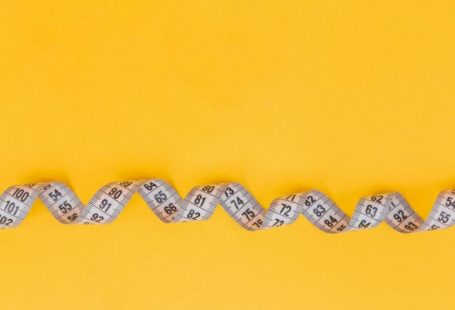Eating a well-balanced diet is essential for maintaining good health and overall well-being. One of the key aspects of a balanced diet is ensuring that each meal includes a variety of nutrient-rich foods from different food groups. In this guide, we will explore the concept of a balanced plate and provide you with practical tips on how to create one for yourself.
Understanding the Balanced Plate
A balanced plate refers to a meal that contains a combination of different food groups in appropriate proportions. These food groups include fruits and vegetables, whole grains, lean proteins, and healthy fats. By including foods from each of these groups, you can ensure that your body receives a diverse range of essential nutrients.
Filling Half Your Plate with Fruits and Vegetables
Fruits and vegetables are rich in vitamins, minerals, and fiber, making them a crucial part of a balanced plate. Aim to fill at least half of your plate with a variety of colorful fruits and vegetables. You can choose from options such as leafy greens, berries, citrus fruits, broccoli, and bell peppers. The more colorful your plate, the better!
Incorporating Whole Grains
Whole grains are an excellent source of complex carbohydrates and fiber. They provide sustained energy and promote digestive health. When building your balanced plate, opt for whole grain options such as brown rice, quinoa, whole wheat bread, and oats. These foods not only add texture and flavor to your meals but also contribute to your overall nutrient intake.
Including Lean Proteins
Proteins are the building blocks of our bodies and play a crucial role in repairing and building tissues. Including lean proteins in your balanced plate is essential for muscle growth and repair. Choose lean sources of protein such as chicken breast, fish, tofu, legumes, and low-fat dairy products. These options provide high-quality protein without the excess saturated fats found in some other protein sources.
Adding Healthy Fats
Contrary to popular belief, not all fats are bad for you. In fact, incorporating healthy fats into your diet is essential for optimal health. Healthy fats, such as those found in avocados, nuts, seeds, and olive oil, provide essential fatty acids and help your body absorb fat-soluble vitamins. Including a small portion of healthy fats in your balanced plate can enhance the flavor of your meals and keep you feeling satisfied.
Balancing Portion Sizes
While it’s important to include a variety of foods in your balanced plate, it’s equally important to pay attention to portion sizes. Overeating can lead to weight gain and other health issues. Use a smaller plate or bowl to help control portion sizes and avoid the temptation to go back for seconds. Listen to your body’s hunger and fullness cues to guide your portion sizes and prevent overeating.
Meal Planning and Preparation
Building a balanced plate becomes much easier when you plan and prepare your meals in advance. Set aside some time each week to plan your meals and create a shopping list. This will help you stay organized and ensure that you have all the necessary ingredients on hand. Preparing meals in advance can also save time and prevent you from relying on unhealthy takeout options when you’re short on time.
In conclusion, building a balanced plate is a simple yet effective way to improve your overall nutrition. By incorporating a variety of fruits and vegetables, whole grains, lean proteins, and healthy fats, you can ensure that your body receives the nutrients it needs to thrive. Remember to pay attention to portion sizes and plan your meals in advance to make the process even easier. With these tips in mind, you’ll be well on your way to building a balanced plate and enjoying the numerous health benefits that come with it.





